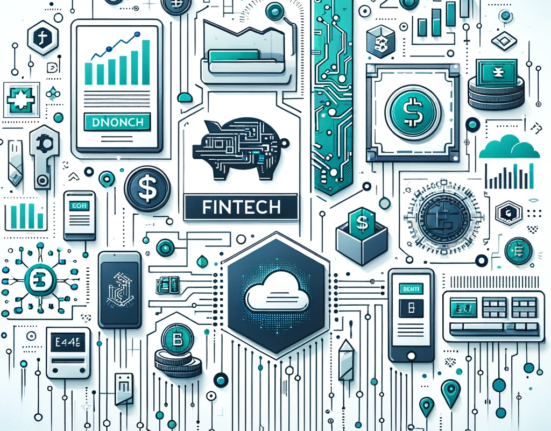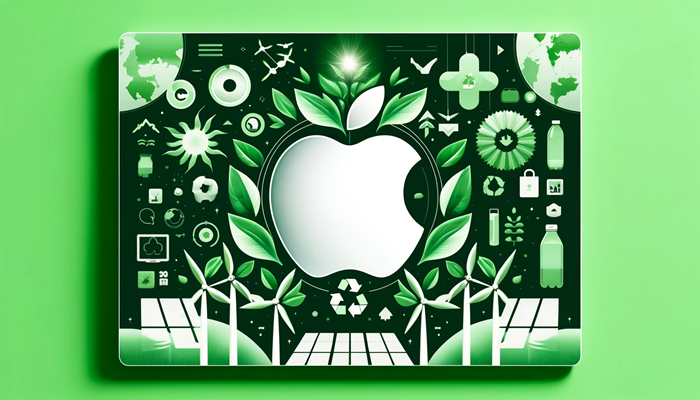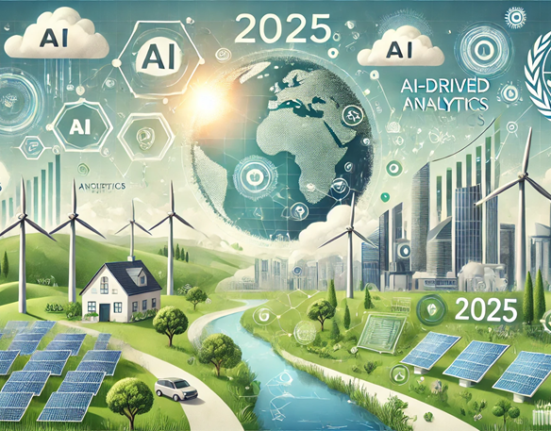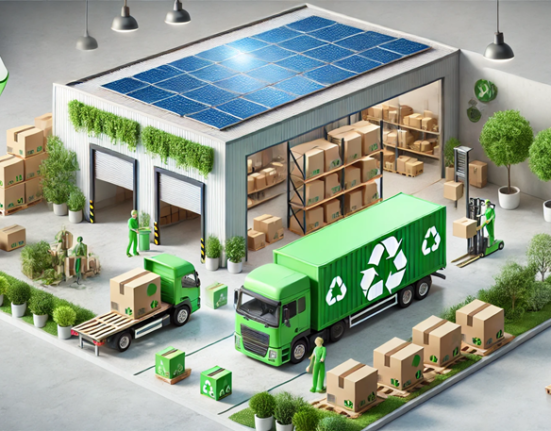Apple's Sustainability Report
Apple's latest sustainability report is not alarming; rather, it highlights significant progress and ambitious goals towards environmental sustainability. Here are some key points that underscore Apple's positive strides:
Significant Achievements
Reduction in Emissions: Apple has reduced its overall greenhouse gas emissions by more than 55% since 2015, which is a notable achievement given their substantial growth in revenue during the same period.
Renewable Energy Initiatives: Over 320 suppliers have committed to using 100% renewable electricity for Apple production, representing 95% of Apple’s direct supplier spend. This commitment is crucial for achieving Apple’s goal of transitioning its entire value chain to clean energy by 2030.
Innovative Product Design: Apple is making significant progress in using recycled materials in their products. For example, the iPhone 15 lineup and Apple Watch Series 9 use 100% recycled cobalt in their batteries, and the MacBook Air is the first product made with more than 50% recycled content.
Ambitious Goals
Apple 2030: Apple aims to be carbon neutral across its entire carbon footprint by 2030. This includes a 75% reduction in emissions compared to 2015 levels, with the remaining emissions offset through high-quality carbon removal projects.
Sustainable Material Use: Apple plans to transition to using only recycled and renewable materials in its products and packaging. By 2025, they aim to use 100% recycled cobalt in all Apple-designed batteries and 100% recycled tin, gold, and rare earth elements in various components.
Community and Environmental Impact
Power for Impact Program: Apple is expanding access to clean energy in underserved communities and supporting clean water and sanitation programs in countries like Nepal, Colombia, and India.
Circular Economy: Apple’s Trade-In program and efforts to increase product longevity and material recovery contribute to a circular economy, reducing the need for new raw materials and minimizing environmental impact.
Challenges and Transparency
Addressing Emissions: While Apple has made significant progress, it acknowledges that not all emissions can be avoided with current technology. Therefore, they invest in high-quality carbon removal projects to offset remaining emissions.
Transparency: Apple is committed to transparency in its environmental initiatives, regularly publishing detailed reports and engaging in industry collaborations to drive broader change.
Apple's Comparative Analysis of the Sustainability Reports
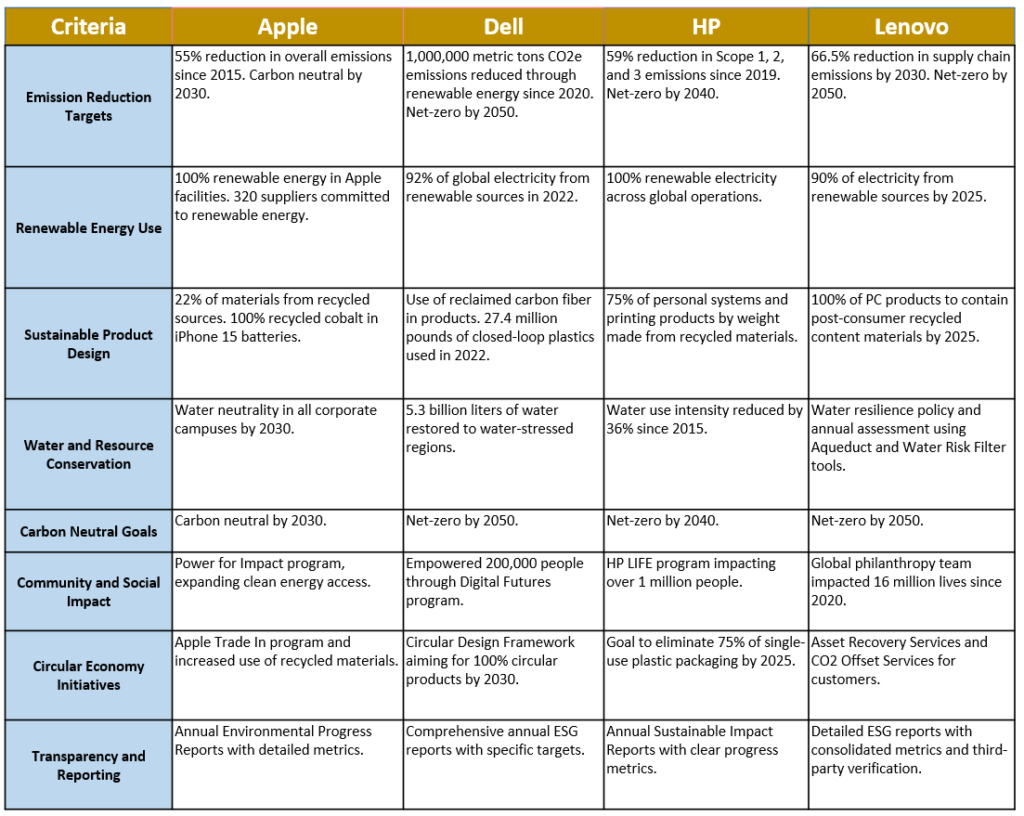
Source data – Companies sustainability/ESG reports published on thier portals
Key Highlights
- Apple: Leading in renewable energy initiatives and sustainable product design with significant use of recycled materials.
- Dell: Strong emphasis on community empowerment and circular economy with ambitious net-zero targets.
- HP: Focuses on water conservation and reduction of single-use plastics with comprehensive carbon reduction goals.
- Lenovo: Committed to net-zero by 2050 with significant progress in renewable energy use and product design for sustainability.
Opportunities to Collaborate with Apple
Here are some opportunities for companies to collaborate with Apple to help achieve and improve their sustainability goals:
1. Renewable Energy Partnerships
- Supplier Collaboration: Companies can join Apple’s Supplier Clean Energy Program, committing to 100% renewable energy for their Apple production. This partnership can expand the use of renewable energy across the supply chain.
- Renewable Energy Providers: Companies specializing in renewable energy can collaborate with Apple to provide innovative and scalable renewable energy solutions, including solar, wind, and other sustainable sources.
2. Sustainable Material Sourcing
- Recycled Material Suppliers: Companies that supply recycled materials, such as recycled aluminum, cobalt, and plastics, can partner with Apple to increase the use of sustainable materials in Apple products.
- Innovative Material Development: Companies can work with Apple to develop new sustainable materials that meet the high-performance standards required for technology products.
3. Circular Economy Initiatives
- Recycling and Refurbishment: Companies can collaborate with Apple on recycling and refurbishment programs to improve the efficiency and scale of material recovery from old devices.
- Product Longevity and Repair Services: Partnering with Apple to offer repair services and extended warranties can help increase product longevity and reduce electronic waste.
4. Carbon Reduction Projects
- Carbon Offset Providers: Companies that provide carbon offset solutions can work with Apple on projects that remove carbon from the atmosphere, such as reforestation and carbon capture technologies.
- Low-Carbon Manufacturing: Suppliers can adopt low-carbon manufacturing practices, such as using low-carbon materials and optimizing energy efficiency in their operations.
5. Water and Resource Management
- Water Conservation Technologies: Companies can introduce advanced water conservation technologies and practices to help Apple achieve its water neutrality goals.
- Sustainable Resource Management: Partners can offer solutions for better resource management, such as reducing water usage in manufacturing and promoting the use of sustainable materials.
6. Innovation in Packaging
- Eco-Friendly Packaging Suppliers: Companies that provide sustainable packaging solutions can help Apple transition to 100% fiber-based packaging and reduce plastic use.
- Packaging Innovations: Collaborate on developing innovative packaging materials that are both sustainable and functional.
7. Community and Social Impact Programs
- Community Engagement: Partner with Apple on initiatives that provide clean energy and technology access to underserved communities through programs like Power for Impact.
- Education and Training: Companies can collaborate on educational programs that promote sustainability and environmental stewardship among employees and communities.
8. Technology and Data Solutions
- Sustainability Data Analytics: Companies can offer advanced data analytics solutions to help Apple track and report on their sustainability progress more effectively.
- Smart Manufacturing Technologies: Introduce smart manufacturing technologies that optimize energy usage and reduce waste in Apple’s supply chain.
9. Logistics and Transportation
- Sustainable Logistics: Logistics providers can offer low-carbon transportation options, such as electric vehicles and biofuel-powered ships, to reduce emissions from Apple’s product distribution.
- Supply Chain Optimization: Collaborate on optimizing supply chain operations to reduce environmental impact, improve efficiency, and lower costs.
Apple is really serious about going green and making a big impact. They’ve got over 320 suppliers now using 100% renewable energy just for making Apple products. Their goal is to be completely carbon neutral by 2030, which is a huge deal. Plus, they’re always coming up with cool new ways to use recycled materials and design sustainable products. It’s not just about Apple—it’s about leading the way for the whole tech industry. Keep checking back to see how Apple is pushing the envelope on environmental responsibility and inspiring others to do the same.




